Introduction to hydroponic farming setup
Who knew a small invisible virus will shut down everything, will shake superpowers of the world and we will have to lockdown ourselves in our home with fear. Farming practice like aqua farms or Hydroponic farming is especially significant in times of crisis such as these. With the terror of pandemic infection and mass lockdowns, your home soilless growth system set up can carry on to offer healthy and nutrient-rich food to you and your loved ones.
A step by step guide to hydroponic farming setup in India
With the use of soilless farming, the lack of gardening space or the lack of knowledge of farming will no longer be an issue at all. Hydroponic farming is just what the world needs today to defy the rising fuel prices, increases the cost of living and global warming. When you can generate the food you are going to need, you can confidently say that you do not contribute to the additional consumption of fossil fuel that goes into transporting the food and you know exactly what you are consuming. It is a sustainable method of farming in view of the fact that the limited use of resources does not compromise the quality of the plants. Whether you decide to try hydroponic farming or move to source your food from a commercial hydroponic farm nearby, you will all the time be able to observe and trace their growing process. If you make use of a standard hydroponics agriculture DIY kit or employ a standardized method to grow soilless plants inside an indoor controlled environment, you can always be confident about the quality of the food you eat and serve. It is a type of “precision farming” where nothing in excess goes into the substrate.
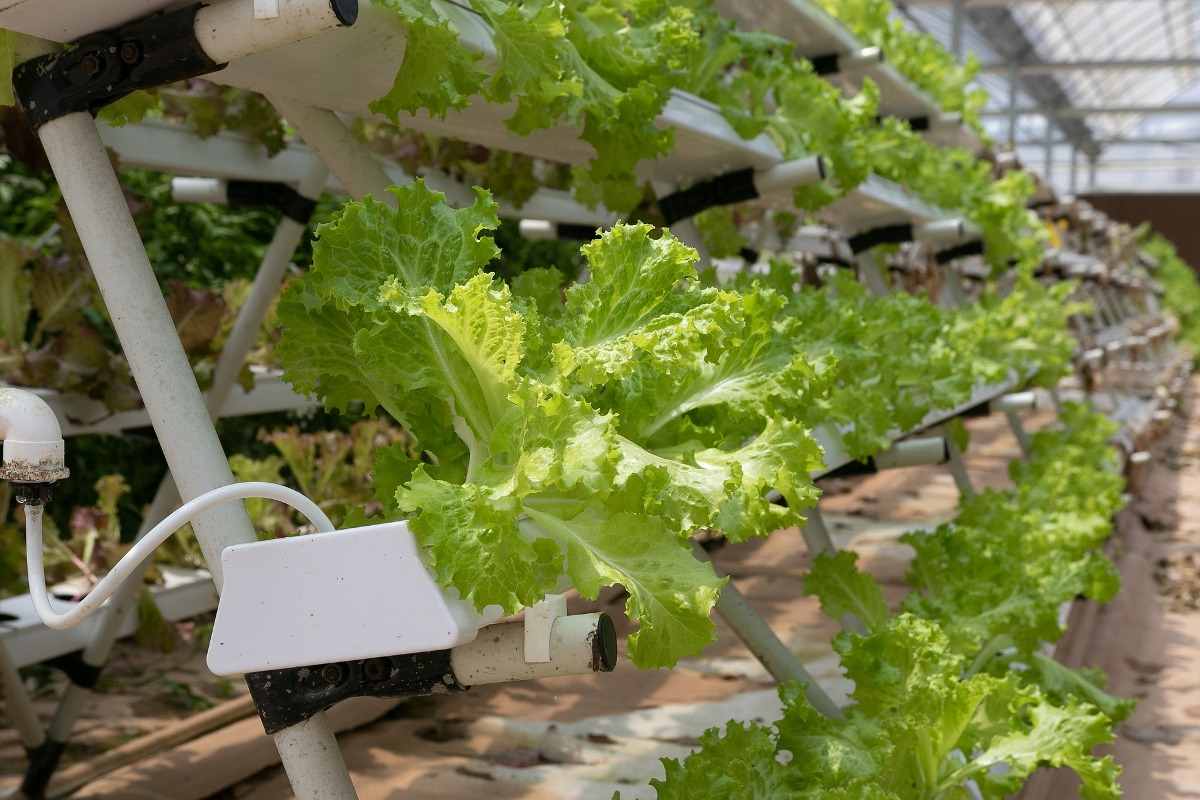
Advantages of hydroponic farming setup
There are many hydroponics success stories, experienced growers have shared following advantages of having a hydroponic setup with you:
- No soils needed
- Make better use of space and location
- Climate control
- Hydroponics is water-saving
- Effective use of nutrients
- pH control of the solution
- Better growth rate
- No weeds
- Fewer pests & diseases
- Less use of insecticide, and herbicides
- Labor and time savers
- Hydroponics is a stress-relieving hobby
Before discussing different types of hydroponic setup first we need to understand the components of a hydroponic system that together constitutes the hydroponics setup.
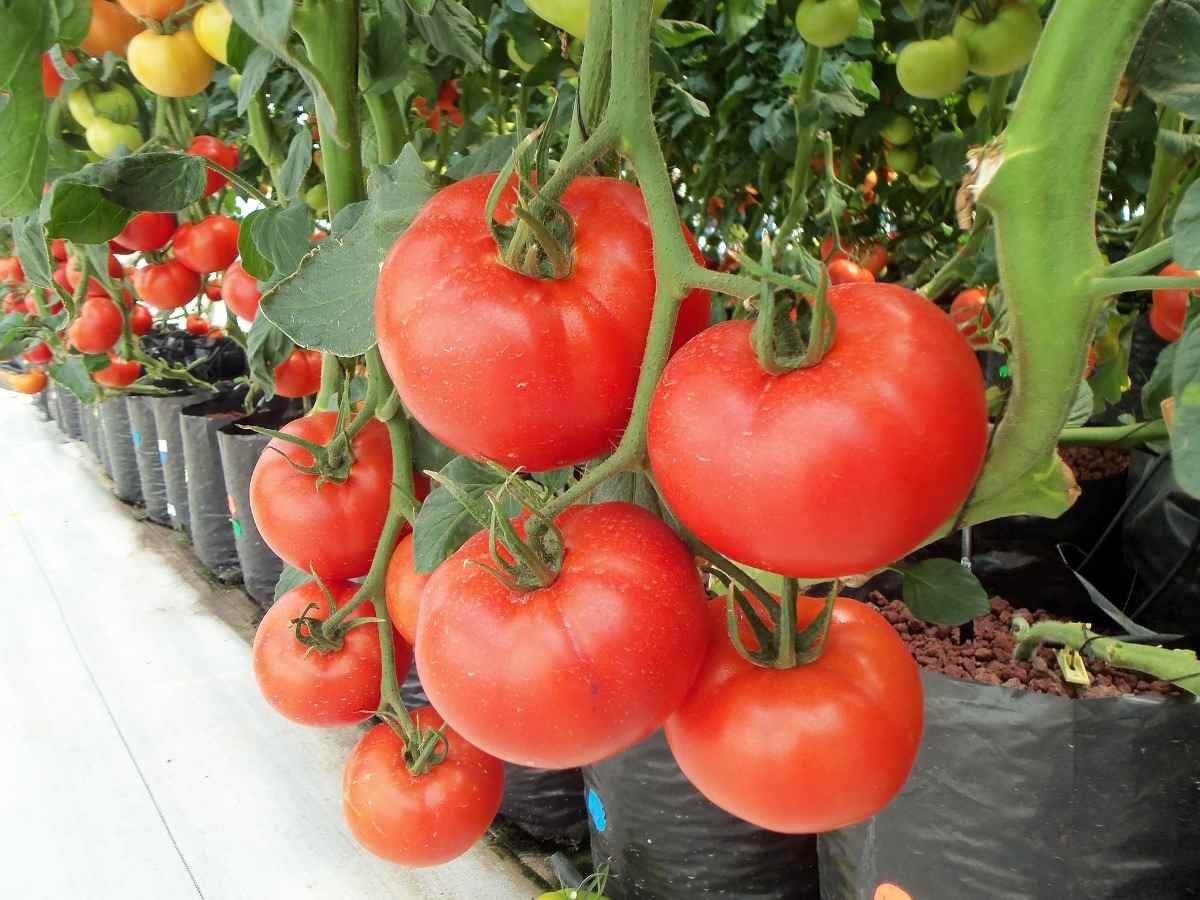
Components of a hydroponic farming setup system
Reservoir: it is the container where the nutrient solution is kept before it is delivered to the plants. It is usually an old fish tank, or a large plastic container, which can hold large quantities of water but make sure it, is non-reactive and opaque so that it does not shelter any infectious living forms. It is important to ensure that the nutrient reservoir is not made from anything metallic as this is possible to bring in harmful elements into the nutrient solution which can be quite damaging to your plants.
Grow tray: In most hydroponic systems you will find the plants are kept separately from the nutrient reservoir. The structure in which plants are grown is known as a grow tray or grow chamber. A grow tray is a container intended to hold one or more plants in a hydroponic growing system. Depending on the type of hydroponic system in use, these trays may have leach valves to permit water to drain out of the growing medium when required. Some grow trays are designed to hold grow media (e.g., coco coir, clay pebbles, and others), while others are designed to hold pots containing plants and mediums in the trays. A grow tray is also called as a hydroponic tray.
Growing medium: The growing medium is what the plant develops in. If you are growing your plants in your garden, then you are most likely using soil as your growing medium. However, in hydroponics plants don’t require soil to grow, and there are plenty of other materials that can be utilized to support a plant’s weight and root system. Materials like sand, gravel, bark, polyurethane foam, coconut fiber, perlite, and vermiculite can be used as grow media. All of these work well, but the most commonly used mediums are Rockwool and expanded clay. An ideal grows media must offer excellent air circulation, is ph neutral, and should not compact over time.
Nutrient solution: The nutrient solution is most likely the most significant part of a hydroponic system. It sounds complex, but it’s in fact just a fancy way of saying essential nutrients dissolved in water. The cause hydroponics gardening is so effective is since the plants are fed not just water, but water packed with critical nutrients required for optimal plant growth. Nutrients solution can be purchased in a soluble form (in different mixes, designed to support different plants) that you basically add to water in the required dosage and then introduce to your system. It should be water-soluble with minimal or no residue It is essential to check the strength of a nutrient solution by testing the electrical conductivity or EC level.
Delivery System
The majority of hydroponic systems keep the grow tray part from the nutrient reservoir. Clearly, the plant requires accessing the nutrient solution, and it is the work of the delivery system to feed the plants. The delivery system is accountable for moving the nutrient solution from the nutrient reservoir up to the grow tray and then draining the excess solution back into the reservoir.
Air pump
All hydroponic systems will feature a pump usually the same form that is found in an aquarium set-up. The pump is used to siphon the water from the reservoir into the grow-tray, or simply to circulate the water in the reservoir to maintain the oxygenated state and discourage any algal growth which means it provides aeration which in hand brings in oxygen to the system.
Different types of hydroponics farming systems setup
In case if you miss this: Organic Spinach Farming.
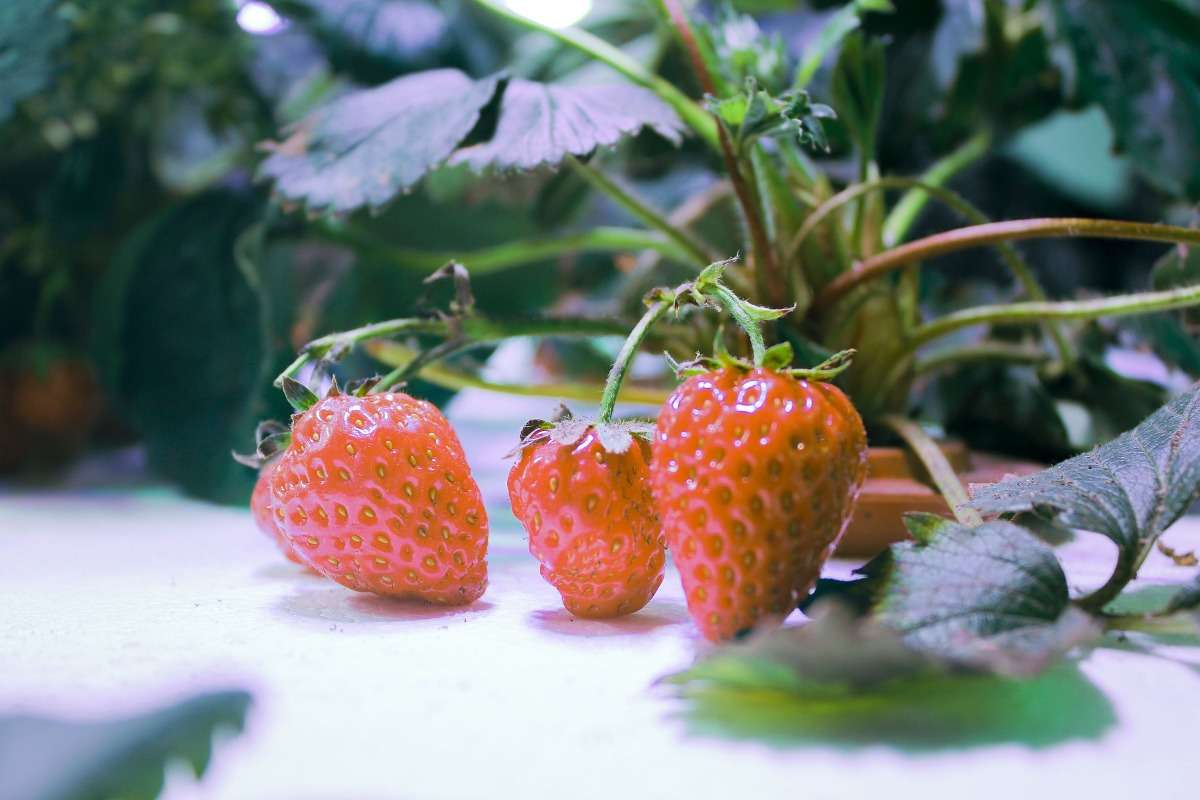
Hydroponic farming setups can be either active or passive. Active means that nutrient solutions will be moved, usually by a pump. Passive is based on a wick or the anchor of the growing media.
Hydroponic systems are also categorized as recovery or non-recovery. Recovery means the nutrient solution will be reused into the system. Meanwhile, with non-recovery, the nutrient solution is applied to the growing media and vanishes.
Based on the management of the nutrient solution and the way it is applied to hydroponic plants falls into two basic categories: those that are closed and recirculate the nutrient solution, either continually or from time to time, and those that don’t recirculate the solution, termed as open systems. The extent of nutrient solution management skill, monitoring, and regular adjustment are the foundation of both open and closed systems, however, each has diverse advantages when it comes to hydroponic plant production.
Closed hydroponic farming setup systems
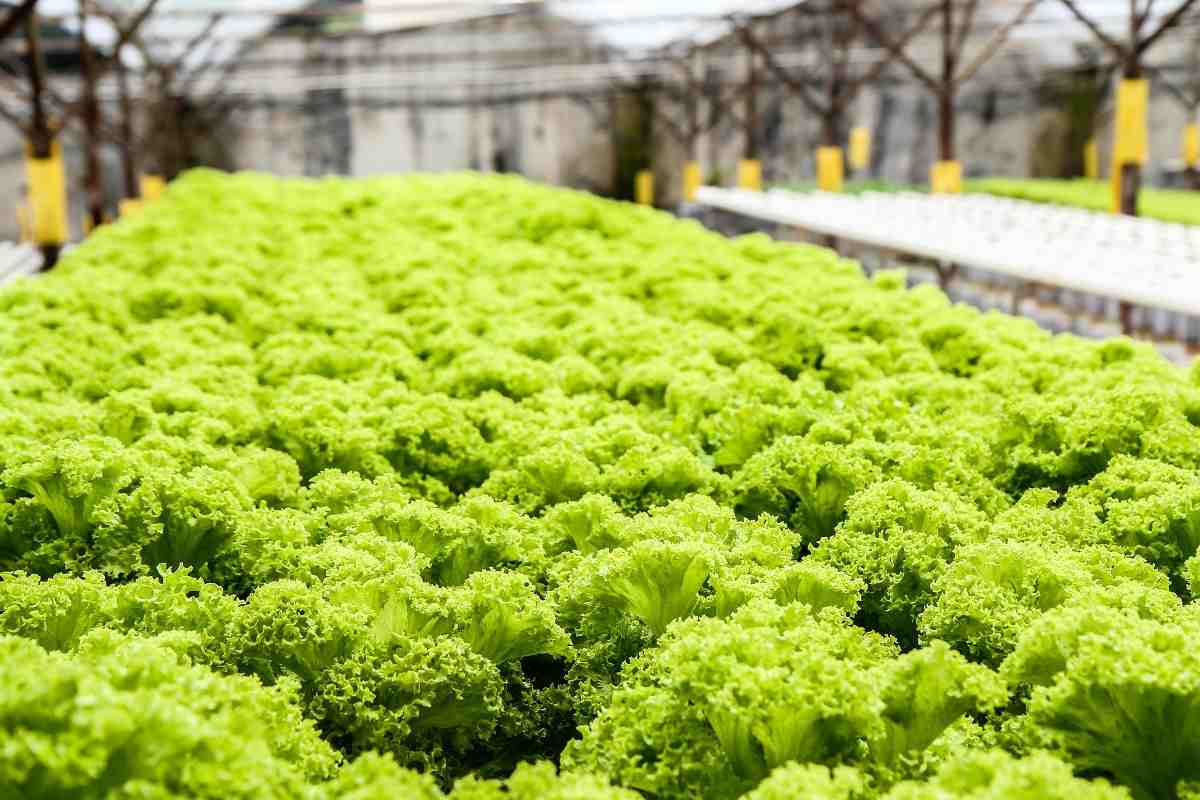
These are more commonly used amongst indoor growers, while in the past, drip-irrigated open systems were usually seen in commercial greenhouse production of a broad range of hydroponic crops. Closed systems that recirculate the nutrient solution are often based on nutrient solution culture and comprises of NFT, DFT, float/raft/pond systems, aeroponics, aquaponics, and ebb and flow. In these hydroponic systems, the nutrient solution is made up of working strength, EC and pH are calibrated, and the same solution is supplied to the plants either continually or from time to time. Recirculating systems are commonly topped up with water; the solution is administered on a regular basis and is only partially or fully replaced when necessary. Closed systems may appear preferable when it comes to hydroponics as they make resourceful use of water and fertilizers as the same solution can be recirculated for a wide length of time. In reality, though, closed systems can be complicated when it comes to nutrient solution management as the ratio of individual elements can alter over time without the grower being alert of problems developing. This most usually happens with macro elements such as nitrogen or potassium and it is probable for a rapidly growing crop to completely exhaust these elements from a recirculating nutrient solution if monitoring is not frequently carried out.
Though this setup is preferred and well managed by the commercial growers having largely closed systems that recirculate the nutrient solution. They effectively deal with this issue by conducting regular solution analysis carried out by the experts to obtain valuable information about the elements which are accumulating and which may be depleted over time, so that the right adjustments can be made as required. For small scale hydroponic growers where regular nutrient solution analysis is not cost-effective, a simpler scheme is to partially or completely replace the recirculating solution in closed systems on a regular basis before any imbalances start affecting plant growth.
Closed hydroponic systems include both simple hydroponic setups, as well as sophisticated ones which can be either installed at commercial or for hydroponic farming at home, a short brief of some of these methods:
Deep Water Culture (DWC) of hydroponic farming setup
This is the easiest type of hydroponic system. In this type of hydroponic setup plants are suspended directly in an oxygen-enriched nutrient solution.
Wicking
It is a passive type hydroponic system setup, in which wicks run from the base of the plant container down to a reservoir and fetches the nutrient solution upwards to the developing plant.
Ebb and Flow hydroponic farming setup
This is the most popular hydroponic setup because of its low maintenance and low cost. It is extensively used for plug production and potted plants. In this type of hydroponic system, the growing bed is flooded with nutrient solution and then it is permitted to drain. The duration and frequency of the nutrient flooding depend on factors such as the type of growing medium used, size of containers, and plant water requirements.
NFT hydroponic farming setup systems
This system employs a continuous nutrient solution film that flows over the developing roots. This results in a thin film of nutrient solution around the roots, supplying them both aeration and access to nutrients.
Open hydroponic system
Open systems are that hydroponic setup that does not recirculate or reprocess the nutrient solution that drains from the base of the growing substrate. The excess used nutrient solution, once it has flowed from the roots and out the base of the substrate, is channeled away to be disposed of. While this may appear wasteful, drain-to-waste solutions often come across a second use as liquid fertilizer source applied to other low requirement crops outdoors such as lawns, pasture, tree crops, vegetable gardens, potted plants, and ornamentals. Regardless of this, open systems are still in extensive use in commercial hydroponics farming because of the ease of operation and nutritional management.
You should not miss this: Vegetable Farming Profit Per Acre, Model Project Report.
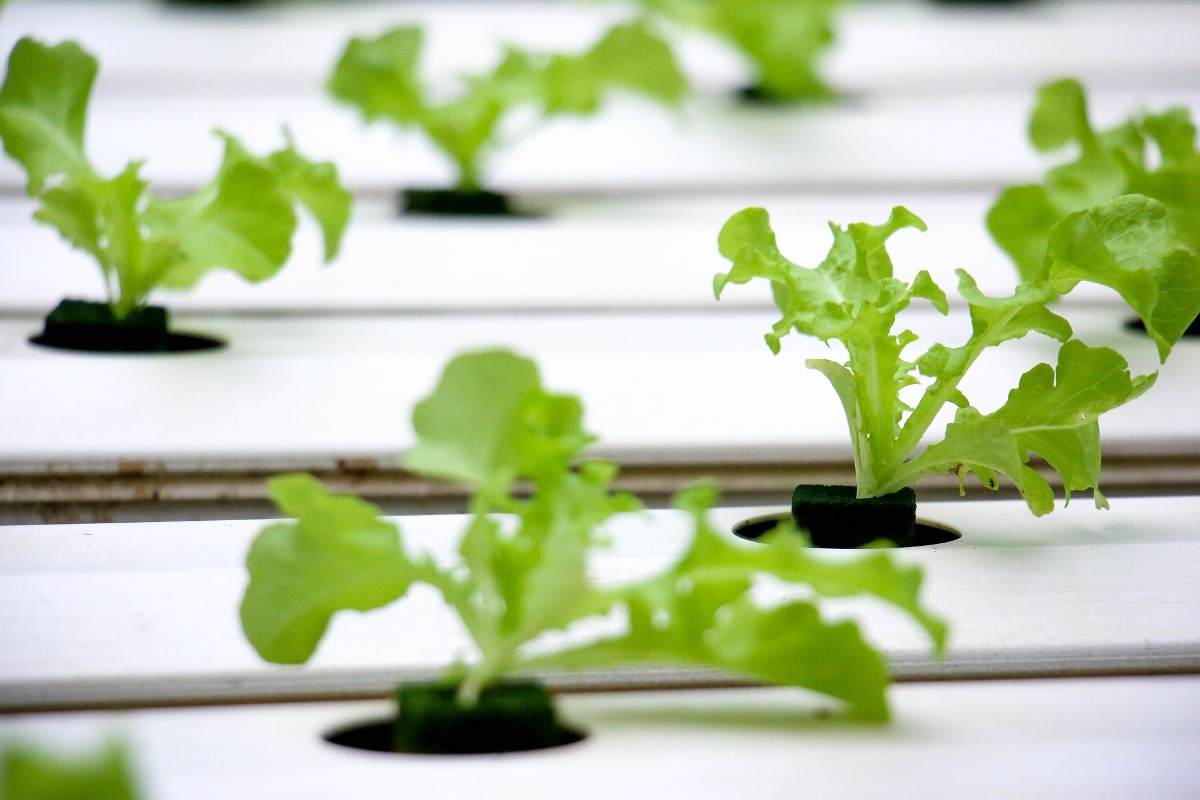
Open systems characteristically use a drip irrigation nutrient delivery system. Once the nutrient is supplied at regular intervals, it floods through the root system, stocking up moisture and nutrients in the substrate and any excess then flows out the base of the growing container/bed/slab/bucket. This quantity of waste solution must only be a small percentage of the volume originally irrigated onto the plant with most growers working on a 10-30 percent drain basis. The main benefit of drain-to-waste open systems is that with every irrigation, the root zone obtains fresh, completely balanced nutrient solution so ratios and nutrient levels are usually near to the optimal level. This is mainly useful where regular nutrient solution analysis is not achievable as nutrient imbalances are far less likely to occur. Open hydroponic system setups are principally useful where the water supply contains certain unwanted elements such as sodium, as the drainage of the excess nutrient with every irrigation not only flushes through these minerals but avoids accumulation in the root zone and nutrient solution. This facilitates growers to make substantial cost savings on having to treat and demineralize certain water supplies if using an open system. It also reduces the risk of spreading root diseases as water is regularly disposed of.
Commonly asked questions about the hydroponic farming setup in India
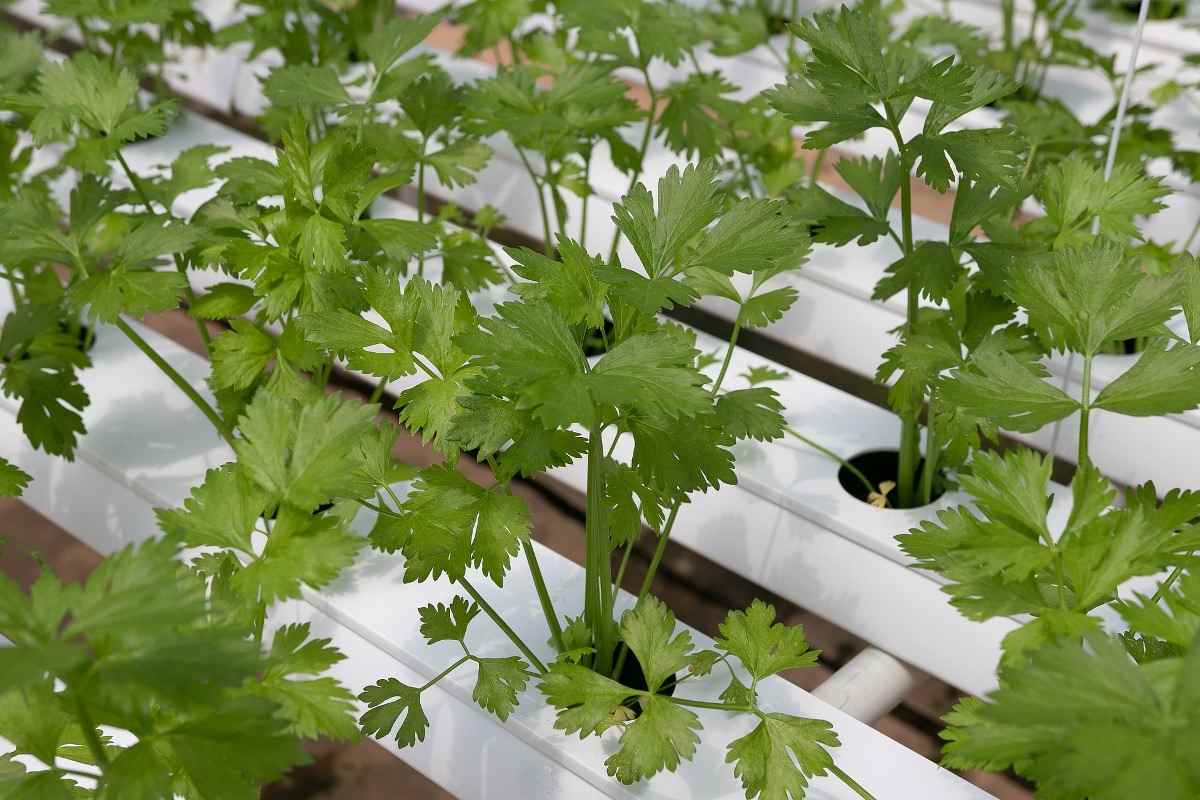
As per hydroponics success stories in India, one of the experienced hydroponic growers briefed hydroponic farming setup cost in India can be estimated as his story, he started with a small 300 sqft indoor hydroponic farm that cost approximately Rs 4 lakh. Which he later expanded to a 6,600 sqft indoor farm and one 6,000 sqft outdoor farm and all this cost him Rs 45 lakh.
Where to sell hydroponic produce in India
Before diving into a hydroponic farming business plan you have to identify your target market since you are dealing with crops that can’t be stored for too long this diminishes both its quality as well its value. The target market can be local restaurants and supermarkets. However, some hydroponic farms may sell directly to the public these sources decide hydroponic farm profit margin in India.
If you are interested in How to Make Money from Hydroponics Store Business.
HI Jagadish ,this is Dr.Mokhati and i am interested to know about hydrophonics in hyderabad.Can pleasae suggest me a place where i can have some workshops .THANKS
I am drskpoddar based at Varanasi,want to set up a hydroponic farm. Please advise.
My name is Anubhav. I am from Gorakhpur, UP.
Wanted to have more details about hydroponics setup specially the cost and the ROI for the same.
Hello, my name is Arihant & I belong to jaipur, rajasthan.
I would like to start hydroponic farming.
But don’t know where or how to start.
Can anyone suggest me anyway and workshops from where I can collect the intel.
Kindly advice.
Regards,
Pl sent the hydrobonic setup details & Price
Interested to set up commercial hydroponic farming for exports. Pls guide
I am interested to learn more about Hydroponics please send me details of available literature and books on this of Indian farmers and the investment details of setting up a Hydroponics farm.
I want to know more about hydroponics farming and wants to set up in my area.
Hi. Great article. I want to learn more about hydroponic farming at home. Please let me know if any literature or workshops are available!
Please provide me all related information for hydroponics farming.